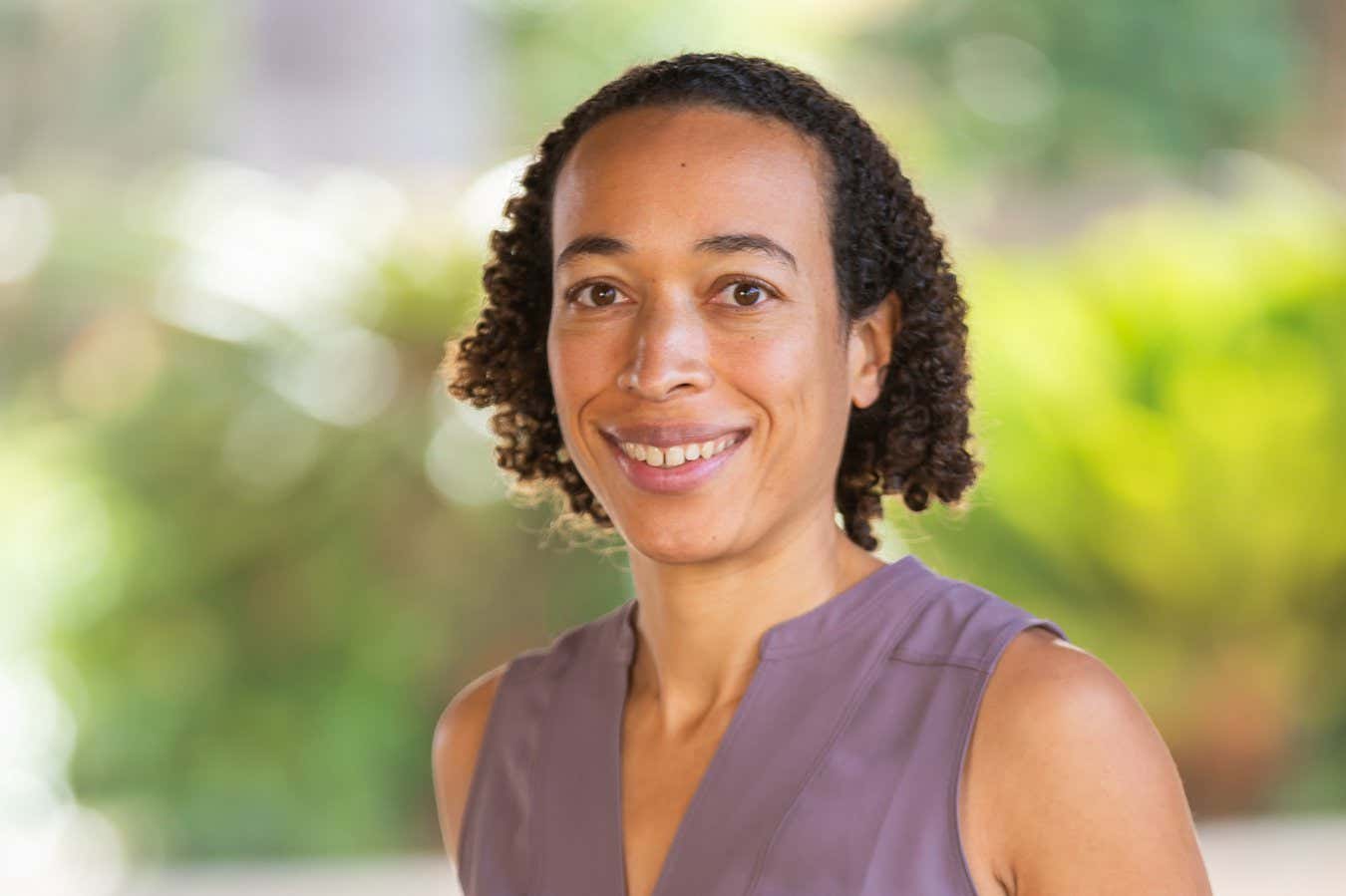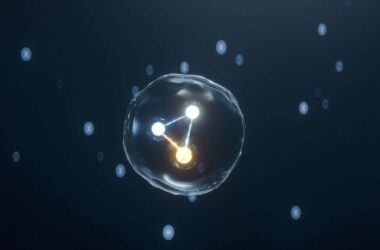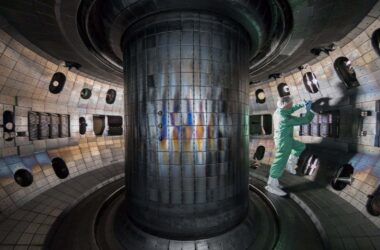SPACE-TIME may not be fundamental. Instead, according to the holographic principle, it emerges from something deeper, like a 3D hologram emerges from a flat surface. The principle says that space-time, and by extension gravity, arises from quantum entanglement.
Monika Schleier-Smith, a physicist at Stanford University, is attempting to create space-time from scratch. Her approach involves simulating a 2D holographic boundary around a universe, which, according to the holographic principle, contains all the information necessary to describe the universe. This “holographic duality” suggests that space-time and its lower-dimensional boundary are equivalent.
Schleier-Smith’s tabletop experiments aim to uncover how the holographic principle influences phenomena on the smallest scales, where space-time emerges.
Her experimental setup involves laser-cooled atoms placed in a vacuum chamber. By using lasers to cool the atoms to temperatures just above absolute zero, she creates a well-controlled model of a quantum system.
To study particle entanglement, Schleier-Smith traps atoms between two mirrors that form an optical resonator. This setup allows any atom to interact with any other atom through the exchange of photons.








